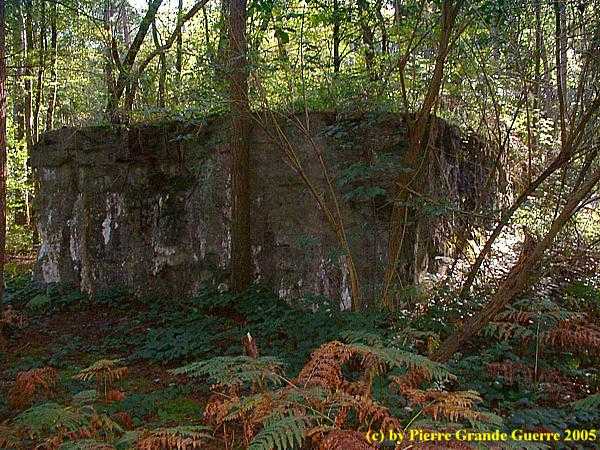YPRES SALIENT - Clapham Junction - Cryer's Farm Dressing Station - Capt. Brodie Memorial - Polygon Wood - Zonnebeke
Years of visit: 2005, 2006, 2016
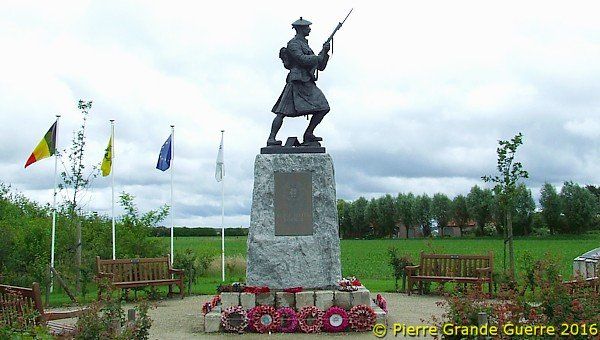
We start our trip at the Clapham Junction, Geluveld, on the N8 / Menin Road. After visiting the obelisks of Clapham Junction we will go northward via a narrow, nameless road to the Cryer’s Farm Dressing Station. From there we will visit the Capt. Brodie Memorial in the “Nonnebossen”. We will finish this trip with a visit to the Black Watch Corner and the Polygon Wood. We will focus on the days of the First Battle of Ypres.
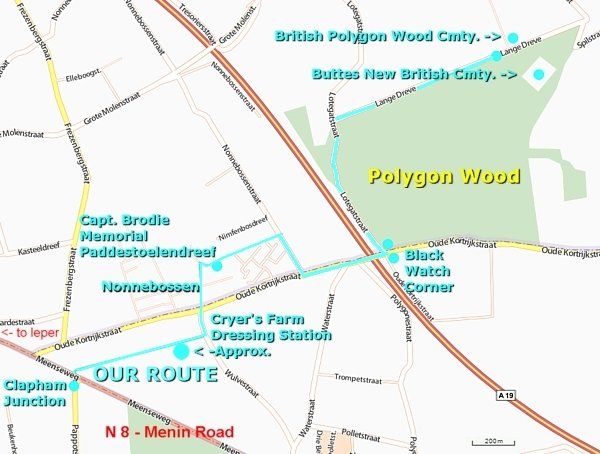
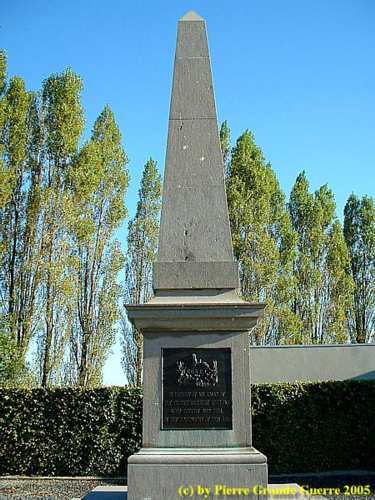
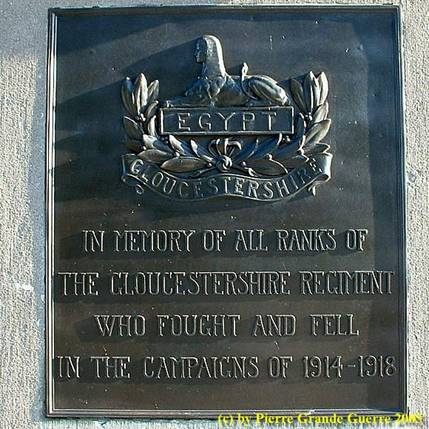
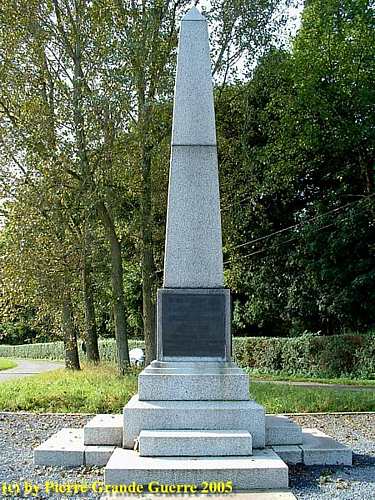
Some 100 metres away from here, ....

... to the east was the front line of 1915.
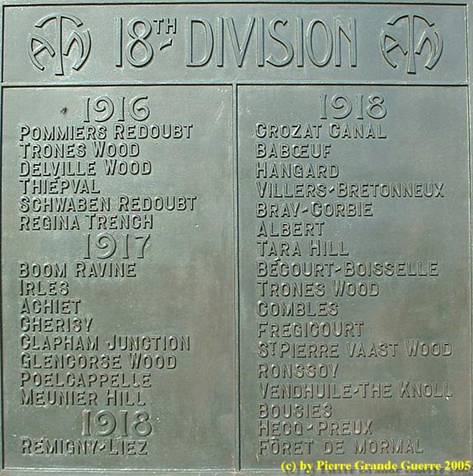
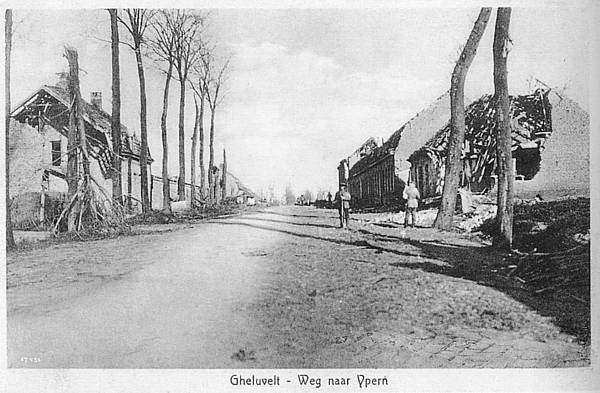
A harvest of explosives along the N 8.
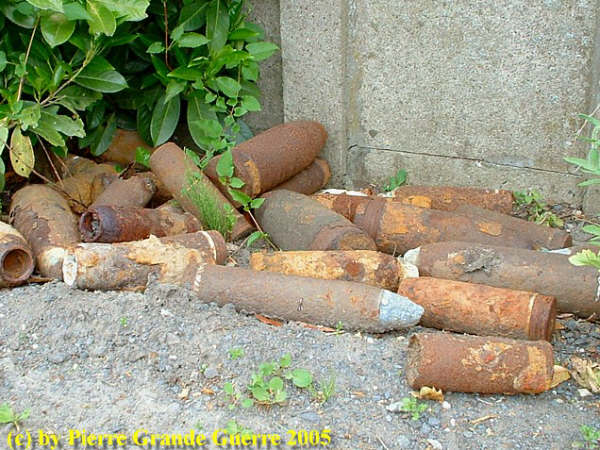
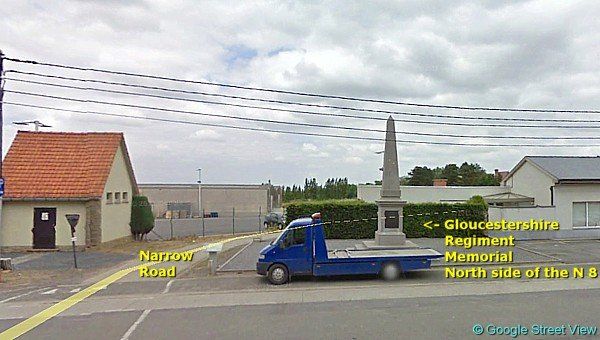
We pass the Cryer's Farm Dressing Station, located in a private garden.
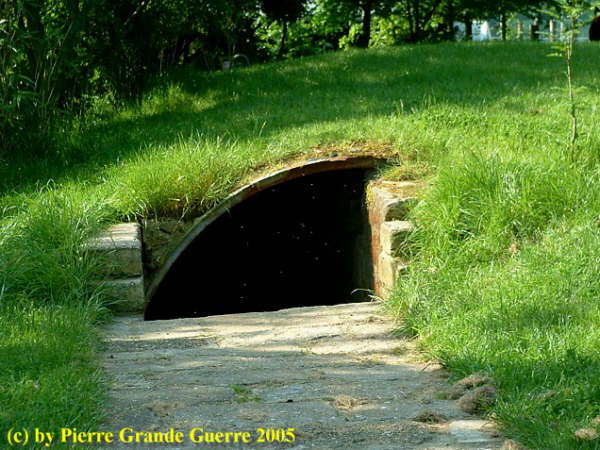

We continue northward to the Nonnebossen. We enter the wood via the Fonteinweg, on the second road, at the T-junction, we turn right to the Paddestoelendreef.

The Flemish call it nowadays the "Nonnebossen". The British called it not "Nun's Woods", but "Nonnebosschen", according to the Dutch spelling of the period.
| The “Battle of the Nonnebosschen” – 11 November 1914 |
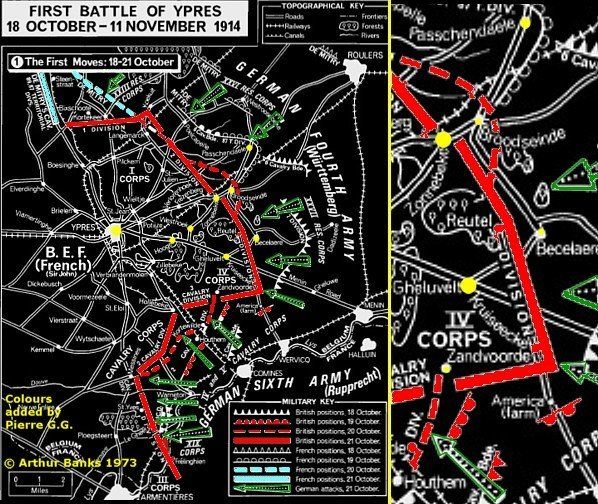
During the First Battle of Ypres (18 October – 11 November 1914) Glencourse Wood, the Nonnebossen and Polygon Wood formed the centre points of the Battle. On 11 November 1914 in particular the battle culminated in the “Battle of the Nonnebosschen”.
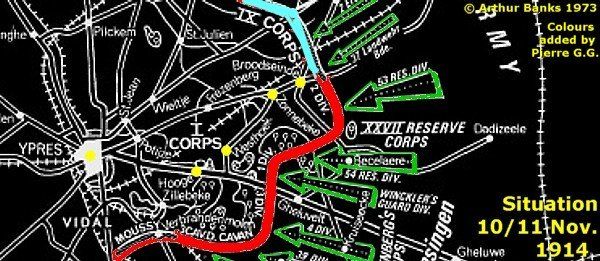
On 11 November, from 6.30 hrs. until 9.00 hrs., the Germans started an artillery bombardment on the positions of the Queen’s Own Cameron Highlanders, the Scots Guards and the Black Watch.

Under cover of the bombardment troops of the Prussian Guards Division of General Winckler attacked the British troops in and around the woods.
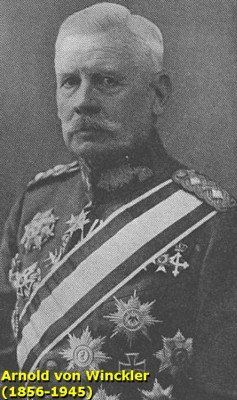
The German infantry soon got lost in the woods. As they emerged from the back of the woods the guns of the 41 Brigade Royal Field Artillery, sited 1000 m. west of the Nonnebossen-wood, opened fire on the Germans at a range of 300-400 m. The effect was devastating and the German attack stalled.
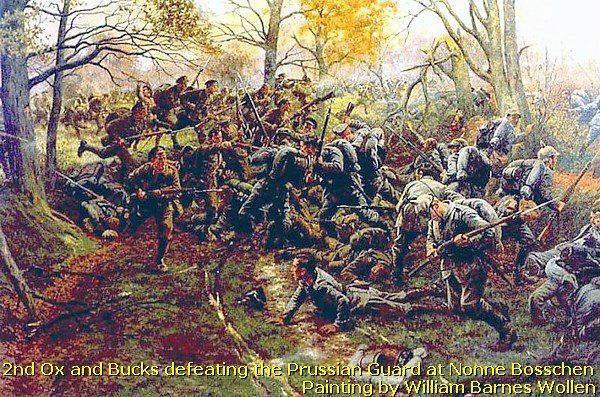
At 15.00 hrs. the 2nd. Battalion of the Oxfordshire and Buckinghamshire Light Infantry Regiment destroyed the remnants of the Prussian Guards Division. The line between the Menin Road and the Polygon Wood was re-established.
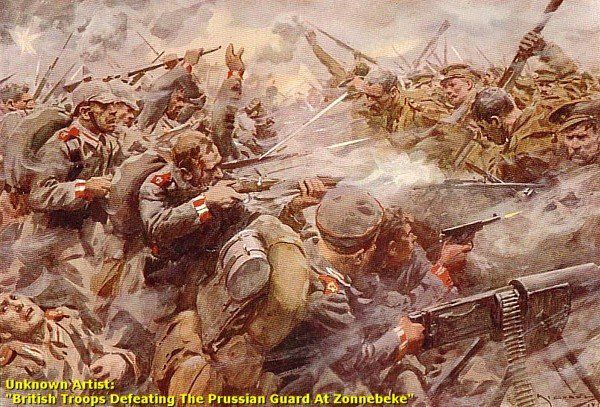
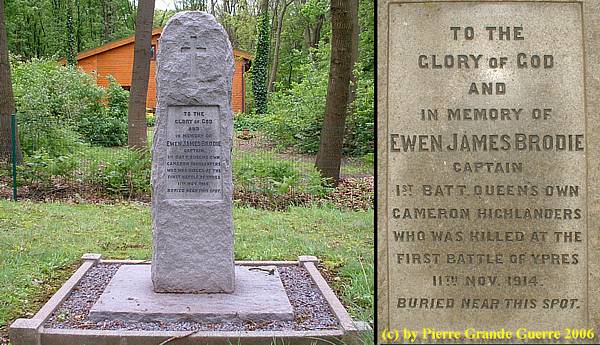
Captain E. J. Brodie - 1st. Battalion Cameron Highlanders - Killed in action: 11 November 1914

| In the morning of 11 November 1914, the Cameron Highlanders were heavily shelled.
The Prussian Guards, in great strength, broke through the British lines. Captain Brodie gathered together all the men he could find at the brigade headquarters in Glencourse Wood, now part of the “Nonnebossen”. Brigadier General FitzClarence, VC, who was killed the next day, ordered him to organise the defence. With the aid of orderlies, grooms, and telephonists, Brodie succeeded in driving the enemy back. Brodie fell in the ensuing counterattack. Trying to hold on to the edge of the wood Captain Brodie said "For God's sake men, don't retire"! At that moment he was hit in the stomach by a sniper's bullet, fell forward and died instantly.
|



There are bronze panels on the base of the statue.

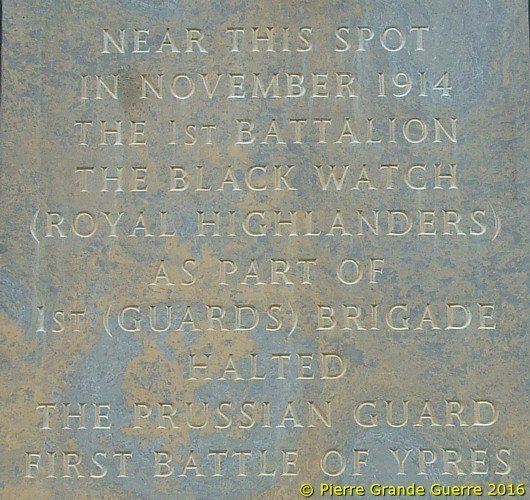
With a quotation of Lyn McDonald ...


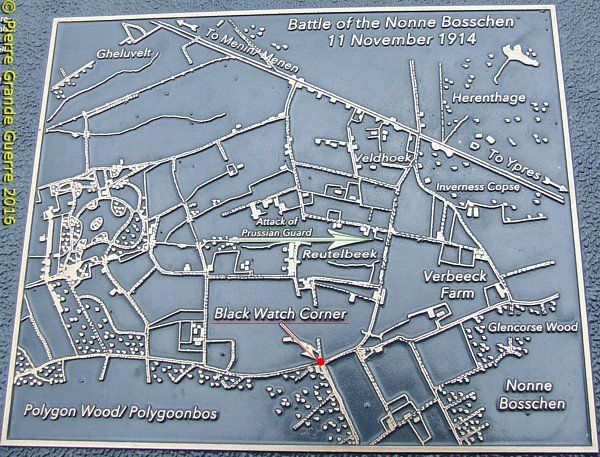

The relics of these German bunkers are on the front line of 1915.

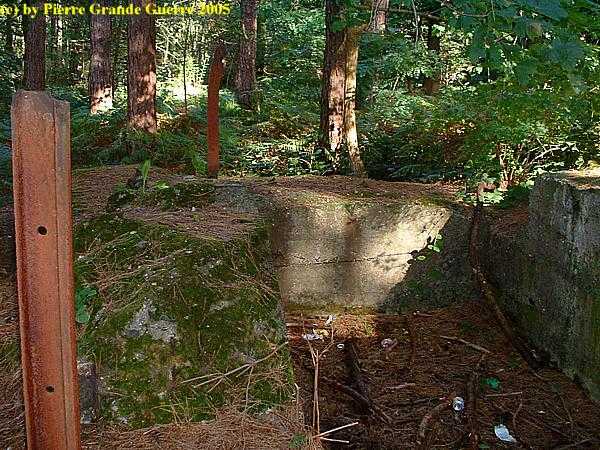
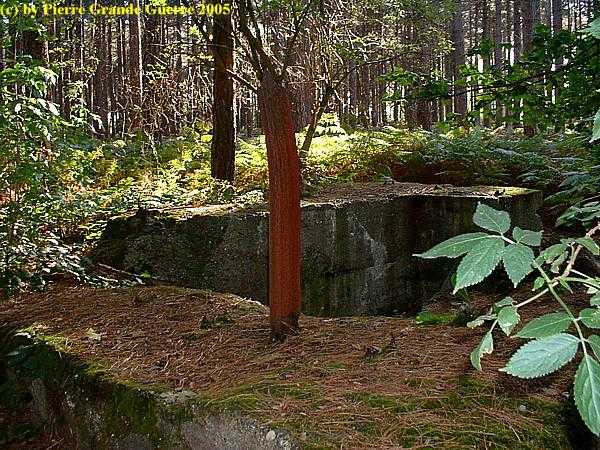
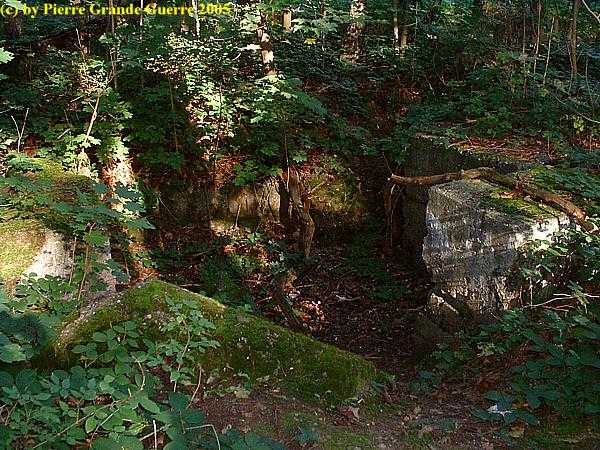
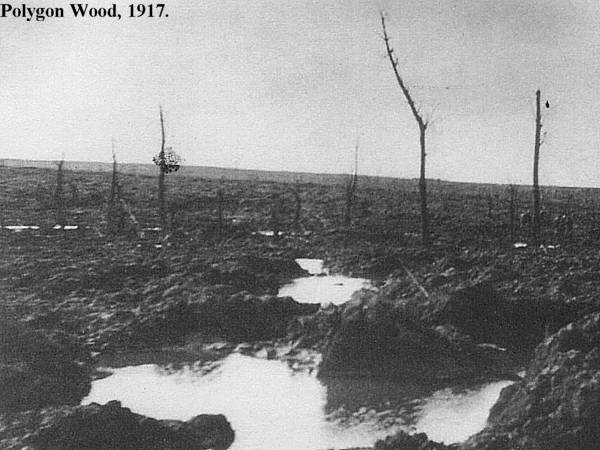
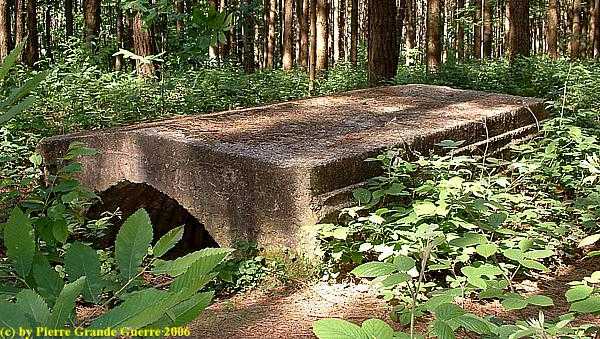
With a roof at 1.20 m., they are just high enough to crawl inside.
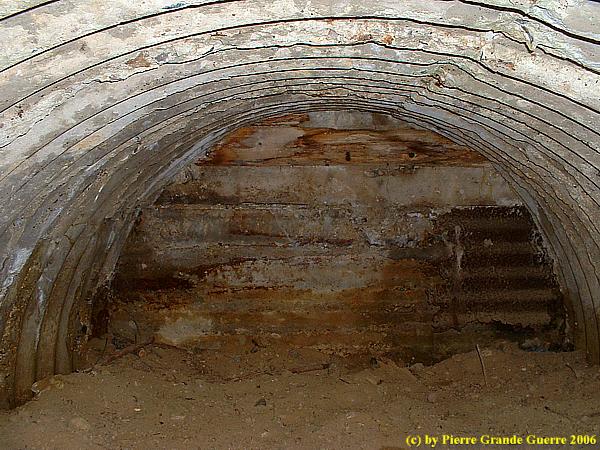
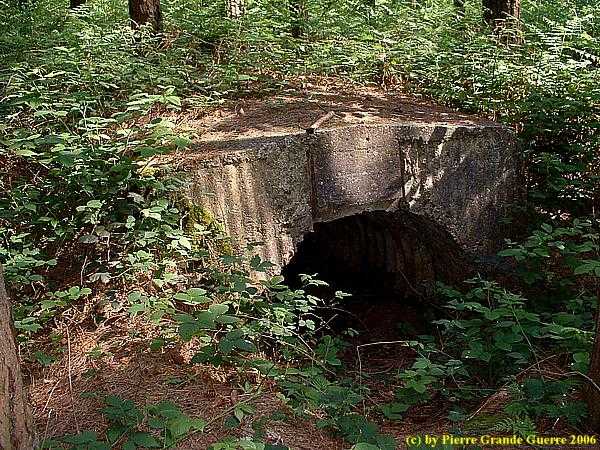
... and of course the narrow and low interior.
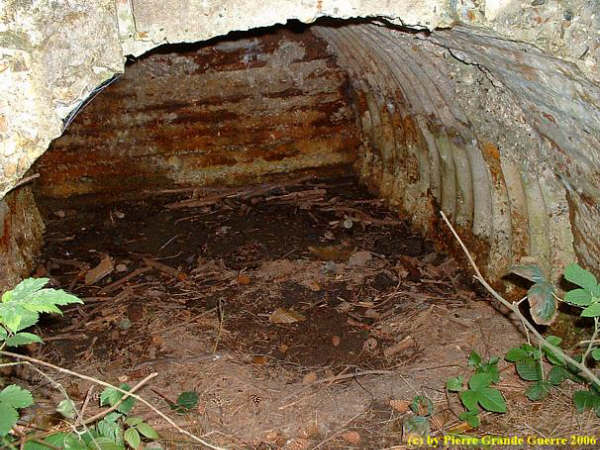
We park our car near the Polygon Wood Cemetery .

| Polygon Wood Cemetery |
| Polygon Wood was cleared by Commonwealth troops at the end of October 1914, given up on 3 May 1915, taken again at the end of September 1917 by Australian troops, evacuated in the Battles of the Lys, and finally retaken by the 9th (Scottish) Division on 28 September 1918. POLYGON WOOD CEMETERY is an irregular front-line cemetery made between August 1917 and April 1918, and used again in September 1918. The cemetery contains 107 Commonwealth burials of the First World War, 19 of them unidentified. 60 of those buried here served with the New Zealand forces. There is also one German grave within the cemetery. A walled avenue leads from Polygon Wood Cemetery, past the Cross of Sacrifice, to the BUTTES NEW BRITISH CEMETERY. This burial ground was made after the Armistice when a large number of burials (almost all of 1917, but in a few instances of 1914, 1916 and 1918) were brought in from the battlefields of Zonnebeke. The BUTTES NEW BRITISH CEMETERY (NEW ZEALAND) MEMORIAL, which stands in Buttes New British Cemetery, commemorates 378 officers and men of the New Zealand Division who died in the Polygon Wood sector between September 1917 and May 1918, and who have no known grave. |
| Source: Commonwealth War Graves Commission: http://www.cwgc.org |
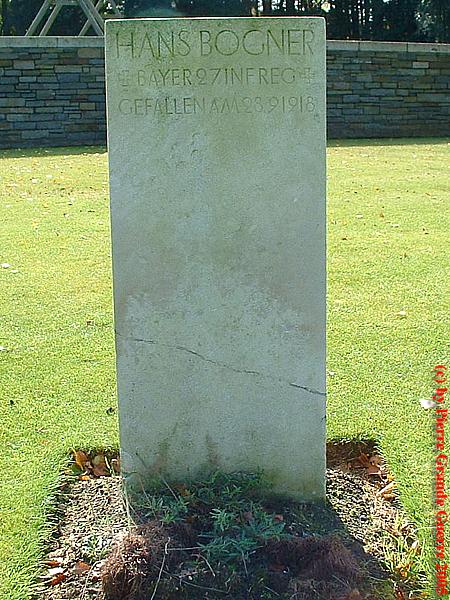
Again: During the war the Polygon Wood has always been an objective of battle; 6 times in 4 years!

German period photos of Polygon Wood - 1917
The Battle of Polygon Wood - 26 September - 3 October 1917

To give you an impression of Polygon Wood during the war years, I show you four German period photos. These photos were made during the Battle of Polygoon Wood on 26 September - 3 October 1917.
The Battle of Polygon Wood took place during the second phase of the Third Battle of Ypres , in the area from the Menin Road to Polygon Wood and thence north, to the area beyond St. Juliaan.
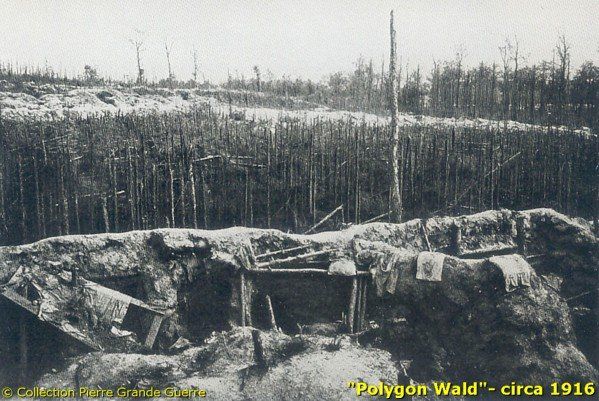
The first two photos above show the landscape from the German lines.
The next two photos below show photos of tired and wounded soldiers, and German Prisoners of War returning after a fight.
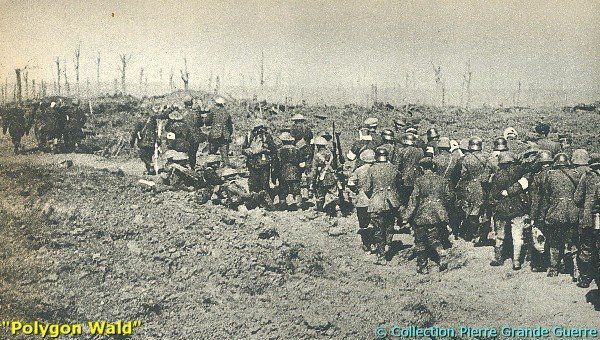
Additional information on the period photos: the author, Eddy Lambrecht , Belgium

From the Polygon Wood Cemetery we cross the road to visit the Buttes New British Cemetery. The mound, or the "Butte" of Polygon Wood, of the Buttes New British Cemetery .

View from the mound over the Buttes New British Cemetery in the direction of the wood.
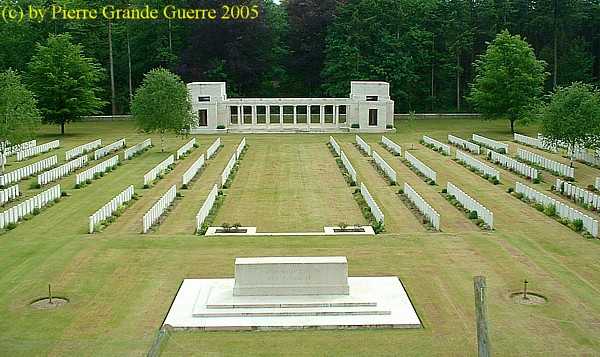
| Buttes New British Cemetery |
| A walled avenue leads from Polygon Wood Cemetery, past the Cross of Sacrifice, to the BUTTES NEW BRITISH CEMETERY. This burial ground was made after the Armistice when a large number of burials (almost all of 1917, but in a few instances of 1914, 1916 and 1918) were brought in from the battlefields of Zonnebeke. There are now 2,108 Commonwealth servicemen of the First World War buried or commemorated in Buttes New British Cemetery. 1,677 of the burials are unidentified but special memorials are erected to 35 casualties known or believed to be buried among them. On the Butte itself is the Battle Memorial of the 5th Australian Division, who captured it on 26 September 1917. |
| Both cemeteries and the memorial were designed by Charles Holden. Source: Commonwealth War Graves Commission: www.cwgc.org The Battle Memorial of the 5th Australian Division. |
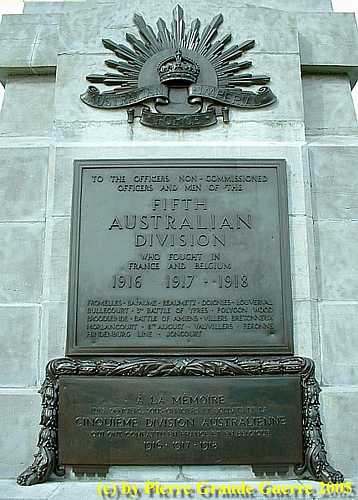


My late wife Chris (+ 08-05-2018) is searching for the grave of Lt. Col. Scott.
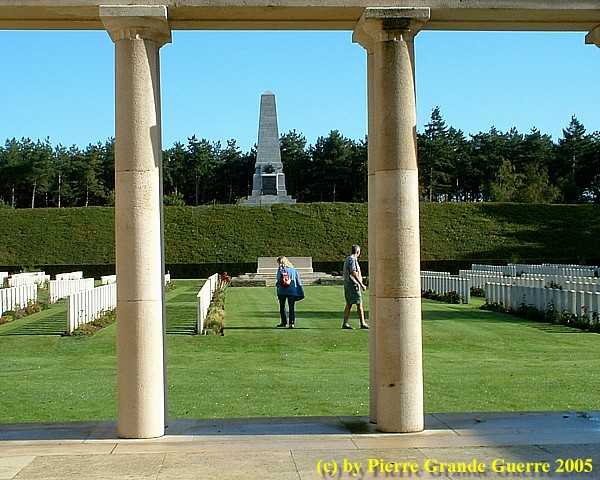
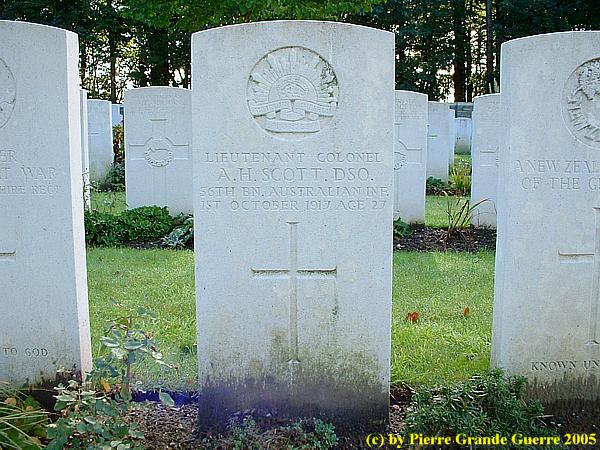
Lt. Col. Allan Humphrey Scott
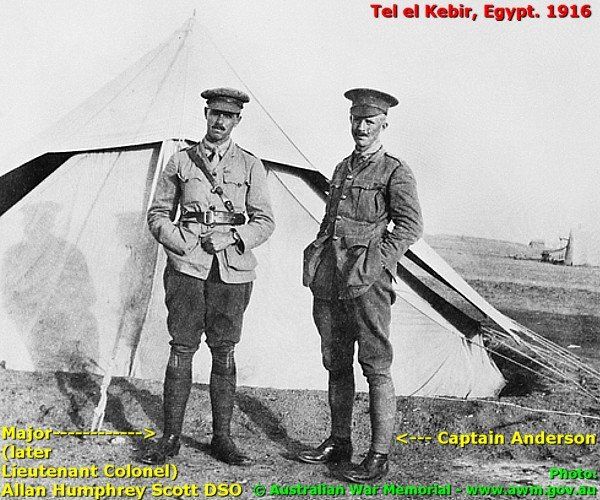
Lt. Col. Allan Humphrey Scott won a Distinguished Service Order at Lone Pine, Gallipoli, when he was a Major and commanding officer of the 4th Battalion from August 1915 to January 1916.
In September 1917 Lt. Col. Scott commanded the 56th Battalion of the A.I.F., which advanced through the Butte in the second wave on 26 September 1917. During the night of 30 September they were relieved by a British Battalion, but Scott remained to brief the incoming commander. On 1 October Scott was shot through the head by a German sniper. The same bullet also struck and killed Lt. Col. D.R. Turnbull, C.O. of the 20th Manchesters.
Sources: Major & Mrs. Holt: “Battlefield Guide to the Ypres Salient” , ( http://www.guide-books.co.uk/ )
Australian War Memorial ( www.awm.gov.au )
From the cemetery we enter the wood again.
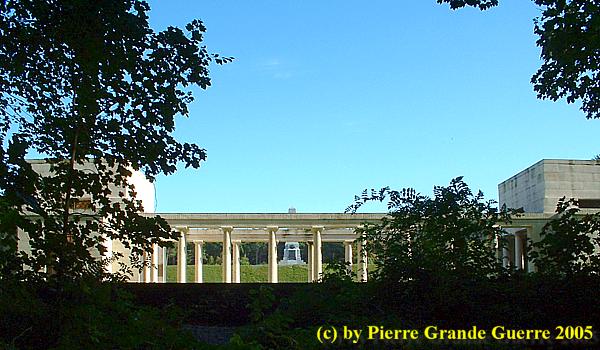
We walk to the German bunker, nicknamed "Scott's Bunker".

Lt. Col. Scott's 56th Battalion of the 5th Australian Division captured the bunker on 26 September 1917. A few days later the bunker received its nickname, honouring the commander of the 56th Battalion.
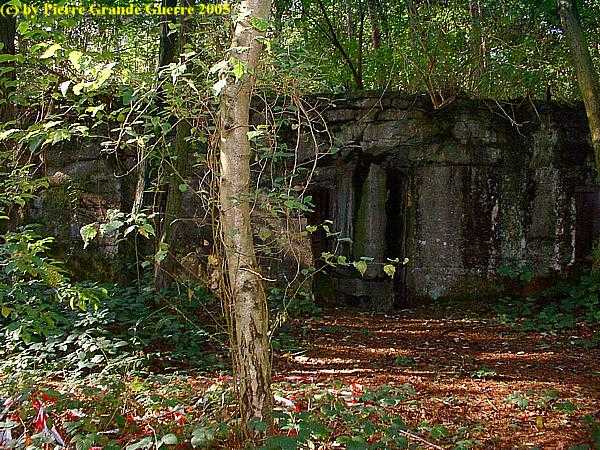
Inside "Scott's Bunker" from the entrance to the right ....
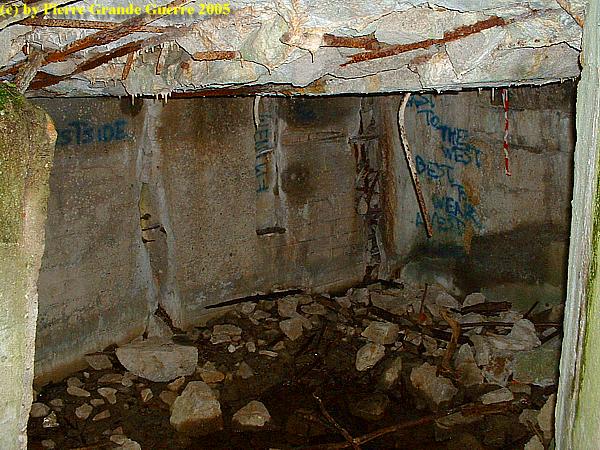
... and to the left.
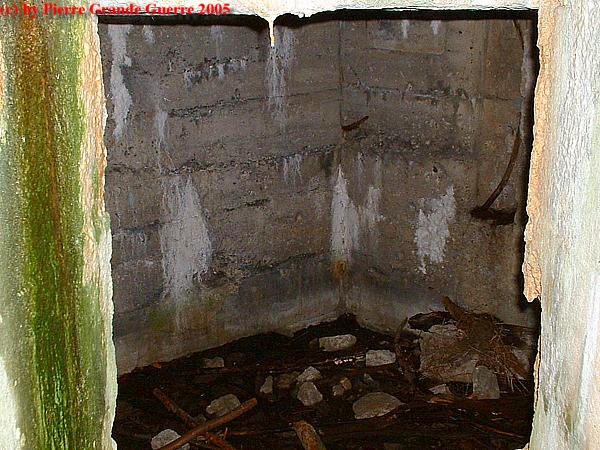
During the Battle of Broodseinde , which started on 4 October 1917 and which included the Polygon Wood and the area around it, ...

... the 8th Leicesters used the bunker as their Command Post.

